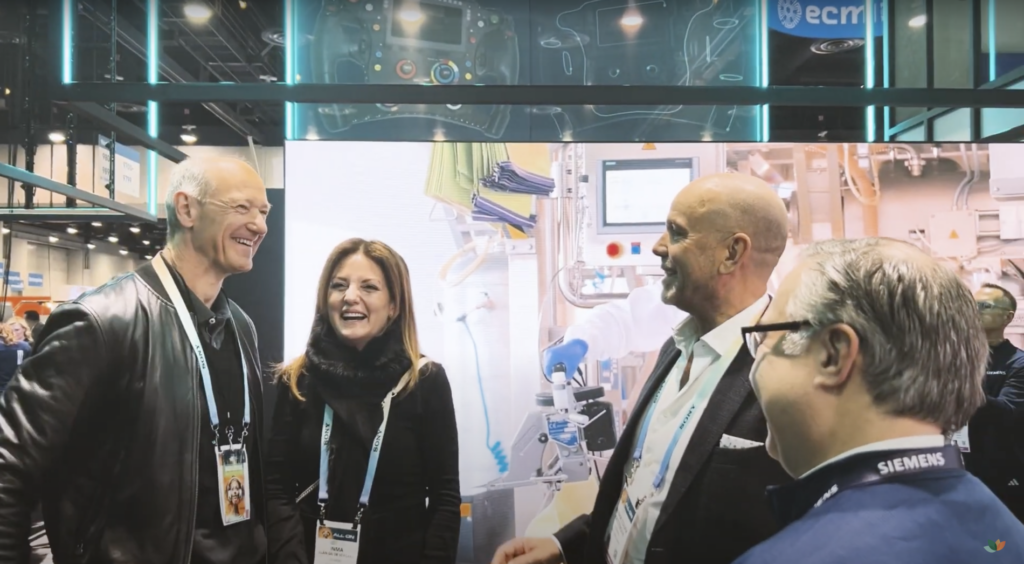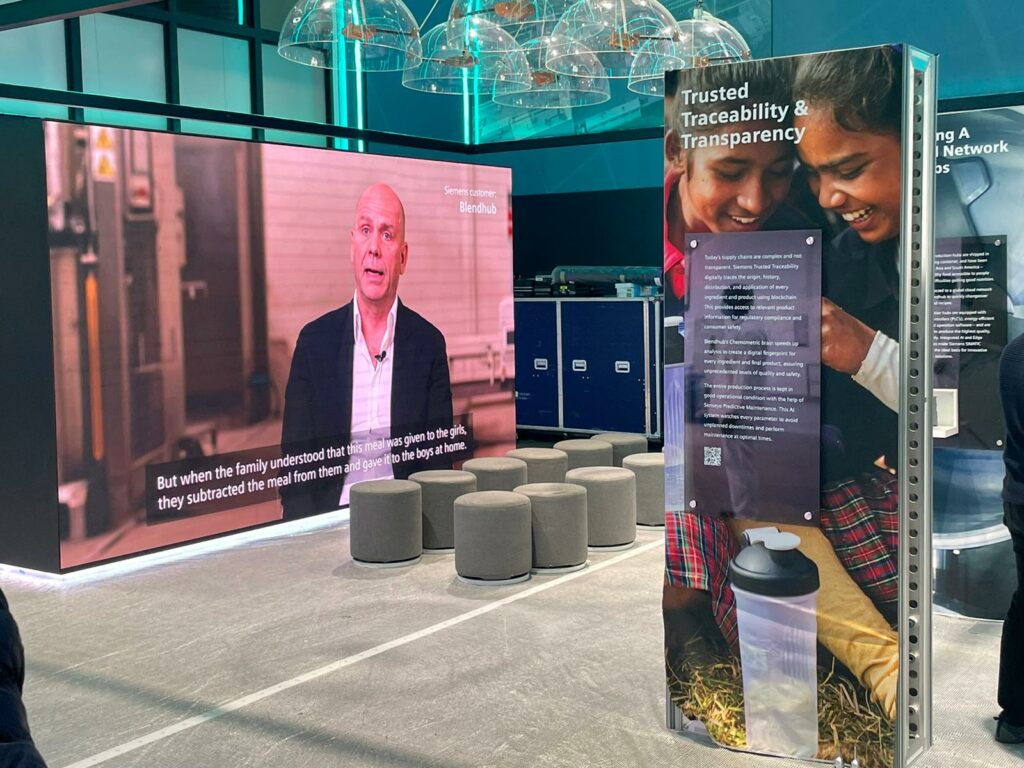Open Innovation requires processes to ensure internal and external collaboration, and good governance is essential to achieve it. In relation to this topic, I found the article linked (from Innovation Management) very interesting. Jean-Philippe Deschamps, emeritus Professor of Technology and Innovation Management at IMD in Lausanne, discusses the role of top management in fostering innovation.
Deschamps defends the need to align all the hierarchy of a company behind common beliefs and shared vision of innovation. He defines six essential domains to organize and mobilize innovation within companies and he considers that they belong to the prime innovation governance duties of the top management team. They are:
- 1. Setting an overall frame for innovation by clarifying a vision and mission for innovation to ensure that all know the values to guide innovation.
- 2. Defining how the company will generate value from innovation
- 3. Choosing an innovation governance model
- 4. Allocating resources and establishing priorities for innovation as part of an explicit innovation strategy
- 5. Identifying and addressing current obstacles in the company’s organizational system in order to build an innovation culture
- 6. Monitoring and evaluating results
Value redefinition and priorities
Two of these sections are particularly relevant when talking about Open Innovation. Firstly, redefining value. Frequently CEOs complain that new products or services generated by your organization are often less profitable than the originals in which the company built its growth. These new products or services can revitalize their current market segments, but are quickly imitated or surpassed by the competition. According to Deschamps, one of the missions of top management is to stop this new product merry-go-round and initiate new ways to redefine value. Open Innovation can be particularly useful for this by helping to broadening the scope of the search for opportunities and ideas to generate more disruptive innovations.
Secondly, establishing innovation priorities and allocating resources. Deschamps raises several questions that companies should ask themselves: Where to innovate?, how much?, and with whom?. Open Innovation is a possible answer to the third one. In fact, Deschamps observes that companies must define a policy on Open Innovation as part of the innovation strategy. It goes beyond incorporating external ideas and competences.
He suggests for points that companies should take into consideration:
- 1. The domains where external cooperation is desirable.
- 2. The boundaries of cooperative deals and the type of partners.
- 3. Protection of IP.
- 4. Indicators measuring the level of achievement of the strategy.
In addition, considering that he states that the first killer of innovation are the resistances and internal obstacles to risk-taking inside companies, Open Innovation can help also to distribute risks between various partners and accelerate innovation processes, ensuring faster returns on investment.



